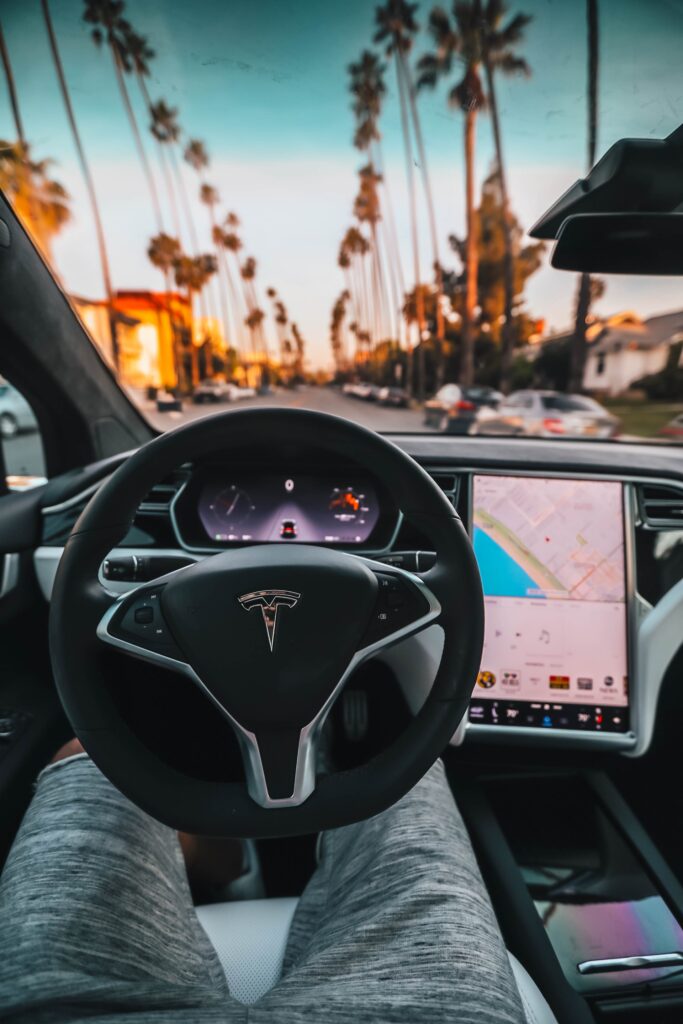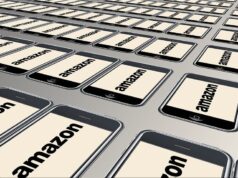Edge computing is a computing paradigm that is slowly gaining popularity for its technical capabilities, making it a better option when compared to Cloud Computing. Although it is too early to say Edge computing is a possible replacement for Cloud Computing, as mentioned before some of its capabilities like better data privacy, real-time decision making and reduction in latency make it a good competitor. Like always, you can not say something is better without taking a deep dive into its potential use cases/real-world applications. Here are a few for Edge Computing!
Industrial Internet of Things
The Industrial Internet of Things or IIoT, in short, is an extension of the Internet of Things (IoT) in the Industrial sector. Edge computing can support this extension by transforming industrial automation and monitoring. Since real-time data processing is one of the key advantages of Edge Computing, by deploying a model, industries can monitor machinery performance, temperature and energy usage in real-time. This will better help in optimizing the processes.
Autonomous Vehicles

Edge devices on autonomous vehicles can greatly improve safety and performance. This is achieved by collecting data on vehicle performance before it can be analyzed quickly for enabling the vehicle to make immediate decisions. Ultimately, this reduced response time will reduce the risk of accidents – optimizing the traffic flow.
Agriculture
Implementing edge devices in the Agricultural industry can greatly optimize crop yield and water management. You can collect the data on soil moisture, temperature, and light using sensors. Shortly after, you can use edge computing to process these data in real-time. Ultimately, farmers can optimize water usage or intensity of light for a better yield.
Retail

Edge computing can take consumer insights to a whole new level! By placing sensors and edge devices in stores, companies can get real-time data on what is getting purchased at what time. Once the data is in, the companies can personalize advertising.
Smart Cities
If you’re to see a smart city get ideated in real-life, then you need something that could process data in real-time. And, it should be a no-brainer as we have been talking about edge devices all this while. With Edge computing, using the ability of real-time processing, traffic flow, air quality and noise levels can be seamlessly monitored.
Entertainment

With people switching to digital streaming platforms, it is high time media and entertainment companies start investing more in bringing better quality. Edge computing is something they could invest in! Edge devices cache and process media content locally – reducing the latency and improving the quality of the streaming experience with minimal buffering!
User Experience
We have talked about how Edge computing can help generate personalized content. By doing so, the consumer experience will greatly improve. For instance, streaming platforms can make use of edge devices to understand what a user is watching in real time so that their next options can be personalized quickly.
Healthcare

If at all Edge computing reaches its 100% potential, the first place to use it full-fledged would be Hospitals. Because Edge devices will exponentially improve patient care. Nowadays with pretty much everything shifted to digital, monitoring patient health in real-time is still not cracked. With Edge computing, real-time Blood pressure, heart rate, O2 Stats and many others can be analyzed in real-time.
Gaming
Gaming has expanded so much that it is now considered a different industry altogether. But not as a part of the Entertainment sector. Meaning, companies rolling out edge devices will focus on improving the gaming experience by reducing the latency level and better refresh rates.
Sports

The concept of virtual coaches would be redefined with the introduction of Edge computing. Not just coaching, but Edge computing would make the job easier for team managers to scout the right talent at the right time. For players, sensors can track their activity and provide real-time data to the coaching staff. This data can be used in many ways. One way to use it would be for finalizing the game plan including who to play and who not to, based on the player’s current condition.
There are limitless applications for Edge Computing. It is just that the concept is still getting refined. We don’t know its true potential, just yet. However, with good comes bad. There are certain limitations to Edge Computing, which would make its entry challenging. As a matter of fact, now that a lot of organizations have adopted cloud computing on a large scale, it would be difficult for them to integrate something new like Edge computing











